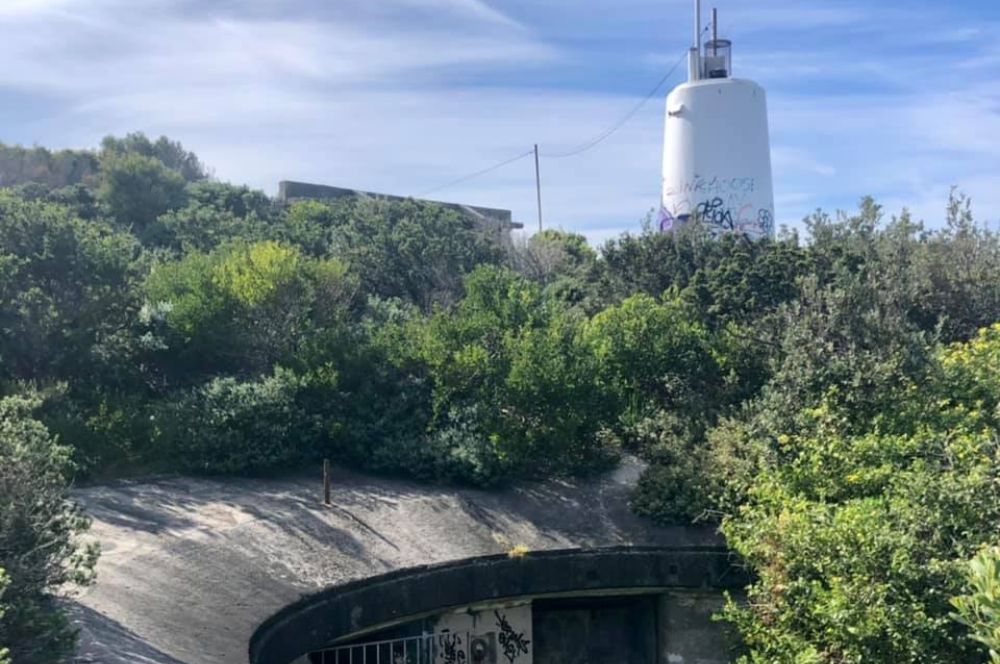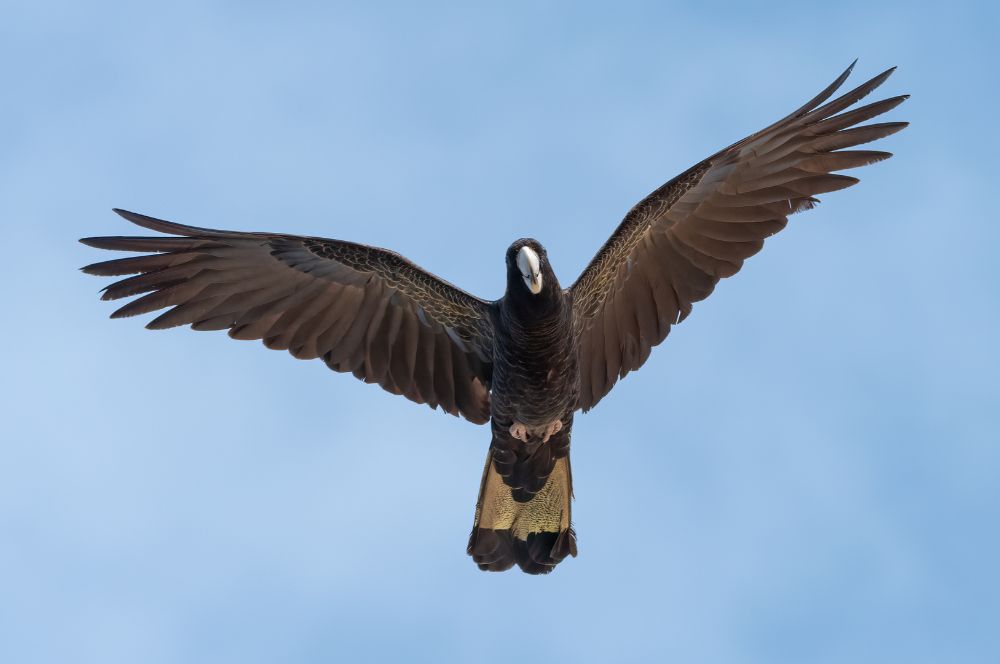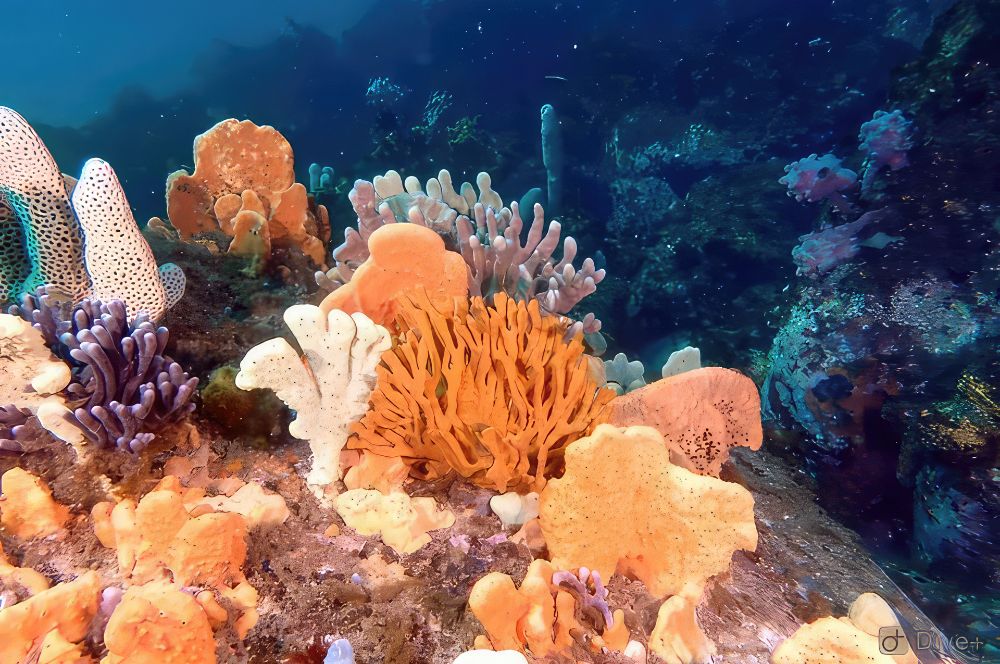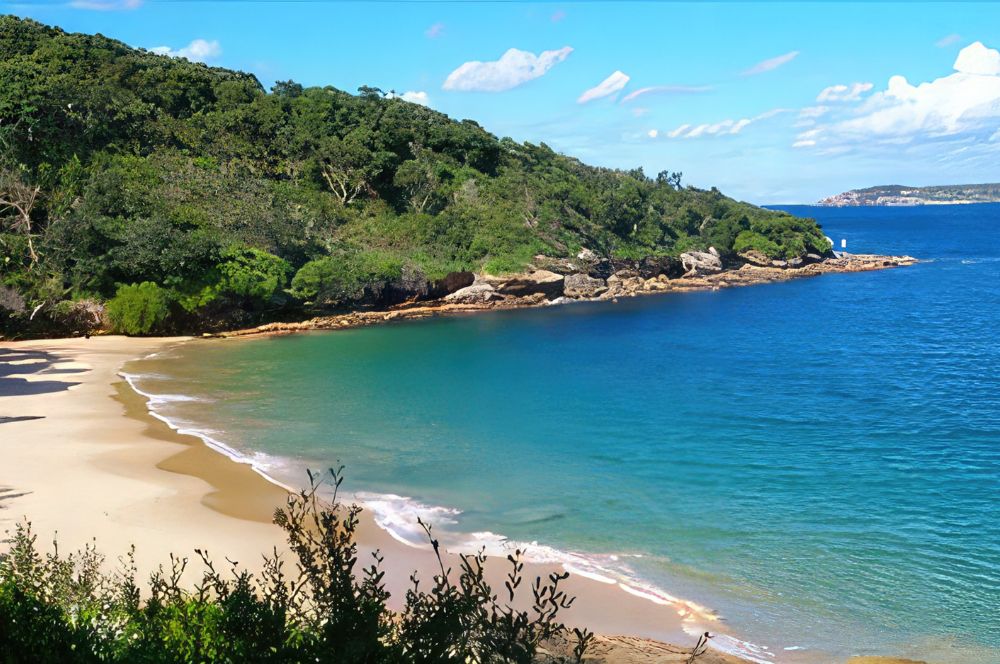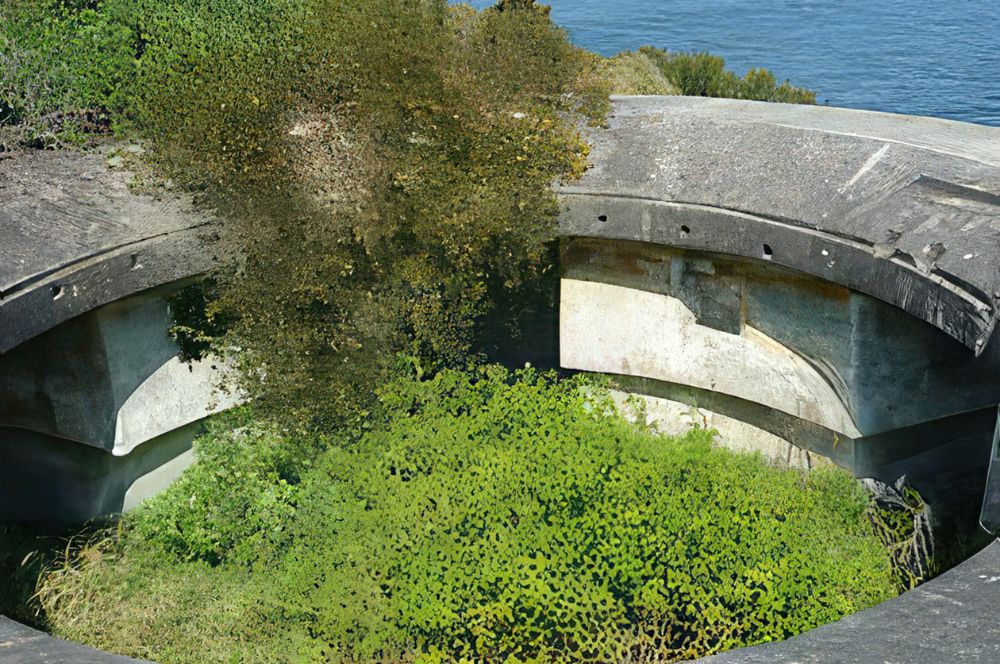You have 0 product(s) in your cart.
Abyss Scuba Diving
Henry Head Sydney's Hidden Gem
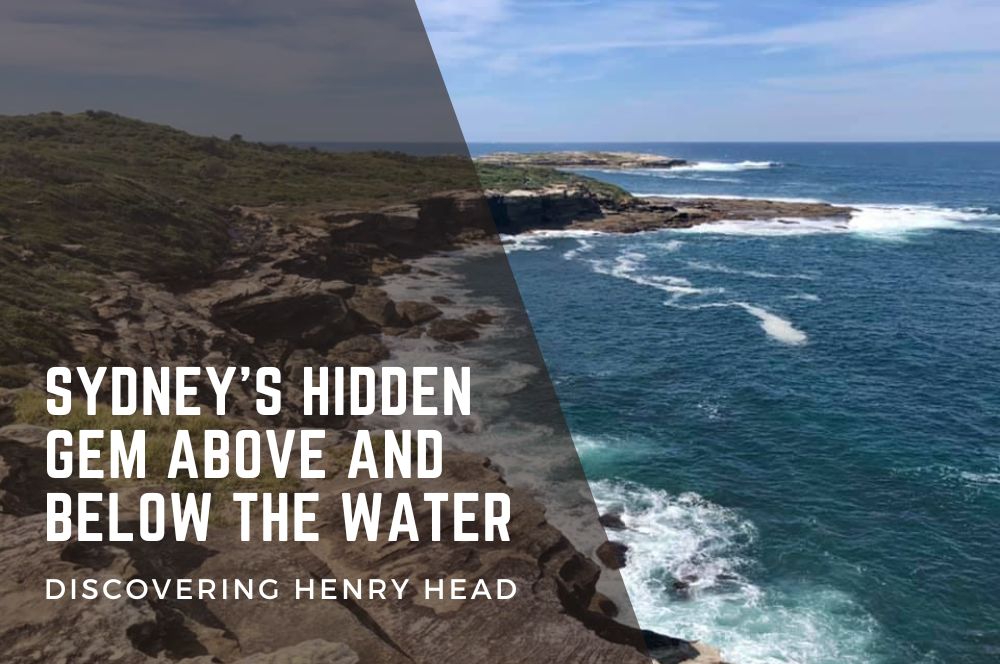
Discovering Henry Head: Sydney's Hidden Gem above and below the water
Embark on a journey through Henry Head’s coastal heritage and marine splendor. Short trails lead to wartime history, while the clear waters promise encounters with diverse sea life. Whether on foot or with fins, discover what awaits at this Sydney locale, known as the Henry Head destination.
Key Takeaways
-
Henry Head offers a picturesque coastal walk integrated with the La Perouse Coastal Walk, presenting rich scenic views, historical landmarks, and diverse wildlife such as birds and lizards.
-
The waters around Henry Head are a diver’s paradise, featuring vibrant sponge gardens and diverse marine life amid underwater rock formations easily accessed from nearby land-based points like the Henry Head Lighthouse.
-
Activities at Henry Head are varied, including fishing at Browns Rock and relaxing on Little Congwong Beach, while the area is also under conservation efforts led by organizations like the Gamay Rangers and NPWS, promoting responsible tourism and sustainability.
Discovering the Beauty of Henry Head
Stepping onto the Henry Head coastal walk, you’re immediately greeted by dramatic views stretching from Congwong Beach across Botany Bay to the Pacific Ocean. Adding to its scenic charm are landmarks steeped in history, such as the old Cable Station and the Endeavour Tower.
As your feet trace the path of the Henry Head Circuit walking track, you traverse a diverse landscape that takes you from the north head to the south head, encompassing coastal forest and picturesque beaches like Congwong and Little Congwong. This is a journey of discovery, and each step taken is an opportunity to admire the beauty of Henry Head.
The Connection to La Perouse Coastal Walk
A walk through the Henry Head track is not just confined to its immediate surroundings. The track is directly linked to the La Perouse Coastal Walk, offering walking enthusiasts an integrated experience to navigate both trails seamlessly. This connection allows you to extend your trek beyond Henry Head, inviting you to explore additional scenic locales such as Cruwee Cove and Cape Banks.
You can start your journey from key points including the La Perouse Museum at Cann Park or the carpark on Anzac Parade, marking the beginning of the connected walking path that spans to Henry Head.
Wildlife Encounters
Henry Head is not just about the beauty of the landscapes; it’s also alive with a diverse array of wildlife. The walking track offers encounters with various bird species and different kinds of lizards. Birdwatchers can delight in bird watching, as they spot kookaburras, colorful lorikeets, and the distinctive yellow-tailed black cockatoos among other avian inhabitants.
For reptile enthusiasts, the presence of blue-tongue lizards, skinks, and water dragons will add an extra layer of excitement to your exploration.
Delving into the Underwater Realm of Henry Head
The adventure in Henry Head doesn’t stop at the water’s edge. In fact, it only gets more thrilling as you plunge into the clear waters to discover a magnificent underwater realm. Henry Head’s underwater terrain is known for its intriguing rock formations, making it an ideal spot for beginner divers.
Here, the dive sites are a short distance from the launch point at San Souci, offering an enticing invitation to explore the underwater world that lies beneath the surface of the Pacific Ocean.
Sponge Gardens and Colorful Fish Species
The underwater environment of Henry Head is a vibrant spectacle of sponge gardens and colorful fish species. It is home to a variety of species such as Red Indian Fish, Seadragons, Blue Gropers, and Eastern Blue Devil Fish, all contributing to a lively marine biodiversity.
The marine life here is further embellished by vibrant sponge gardens, home to a spectacular array of sponges, sea squirts, and coral species. The sight of the soft coral Dendronephthya australis, known for its unique pink cauliflower-like appearance, is a sight to behold.
Intriguing Underwater Formations
The underwater landscape at Henry Head offers a diverse range of features, including:
-
Large boulders
-
Ledges
-
Overhangs
-
Swim-throughs
-
Gullies along the reef edge
These formations can be accessed from land-based landmarks such as the Henry Head Lighthouse, providing a direct hit in terms of seamless connection between above and below water exploration. The tunnel complex consisted of various passages that facilitated this connection.
Amid all this, the vibrant sponge garden serves as a highlight, populated with orange feather stars, banded tube anemones, and the invasive weed Caulerpa taxifolia.
Versatility of Activities at Henry Head
Henry Head offers more than just walks and dives. For anglers, the Browns Rock presents an opportunity to catch a variety of fish species including salmon, tailor, and squid close to the rocks. The best time to fish at Browns Rock is during the weekdays and early in the morning before sunrise. It is also advised to use live bait such as yakkas for an optimal fishing experience.
If you prefer a more relaxed activity, Little Congwong Beach offers a tranquil escape. This secluded sandy beach at La Perouse, opposite Goorawahl Avenue, is popular for its serene beauty.
The versatility of Henry Head’s activities is best experienced along the Henry Head walking track, leading you past Browns Rock and towards areas of historical and recreational interest.
Conservation and Responsible Tourism
Kamay Botany Bay National Park, which encompasses Henry Head, is actively engaged in conservation efforts to:
-
Protect and rehabilitate rare and threatened species
-
Preserve the ecosystems of these species
-
Maintain Henry Head’s pristine condition
-
Ensure the preservation of its natural beauty and biodiversity for future generations.
As visitors, it’s our responsibility to support these initiatives by adopting responsible tourism practices.
Local Conservation Organizations
There are several local conservation organizations actively working to protect the natural and cultural assets of Henry Head. The Gamay Rangers, for instance, serve as ‘honorary rangers’ in Kamay Botany Bay National Park, disseminating traditional knowledge and supporting the stewardship of the area’s natural and cultural assets.
The National Parks and Wildlife Service (NPWS), governed by the National Parks and Wildlife Act 1974, includes various committees and advisory groups that work with community stakeholders on issues regarding the management of reserves. These groups offer volunteering opportunities, inviting individuals to actively participate in conservation practices. Some of the committees and advisory groups include:
-
The National Parks Advisory Council
-
The Wildlife Advisory Committee
-
The Aboriginal Advisory Group
-
The Marine Parks Advisory Committee
By joining these groups, you can contribute to the preservation and protection of our natural environment.
Tips for Sustainable Visits
As we immerse ourselves in the captivating experiences that Henry Head has to offer, it’s crucial to remember our responsibility towards the environment. By engaging with nature through activities promoted by the NSW National Parks, we contribute to a sustainable visit consistent with responsible tourism. This includes minimizing our environmental impact and respecting the flora and fauna that call Henry Head home.
After all, it’s our collective responsibility to ensure that future generations can enjoy the same natural beauty and biodiversity that we experience today.
Navigating the Henry Head Walking Track
The Henry Head walking track is a journey through time, carrying a historical background as the landing place of James Cook in Botany Bay, and the meeting site of the Comte de Laperouse with the first fleet in 1788. The track features diverse terrains, including:
-
sandy paths
-
concrete walkways
-
timber steps
-
stretches of coastal bushland
This offers visitors a mix of scenic vistas and physical activity.
As you navigate the track, you’ll be immersing yourself in a landscape steeped in history, enriched by natural beauty, and teeming with diverse wildlife.
Park Entry Gates and Botany Bay National Park
Access to the Henry Head walking track can be found near the eastern end of Congwong Beach, marked by the ‘Henry Head/Little Congwong Beach’ sign. From there, the track leads uphill through coastal bush towards the Henry Head Scenic Walk sign, which indicates the route towards the historic sites.
As you follow the trail, you’ll be walking in the footsteps of history, surrounded by the beauty of the Botany Bay National Park.
Historic Sites and World War Relics
The walking track is home to several historic sites, including the Henry Head Battery. Constructed between 1892 and 1895 and re-utilized during World War Two, the Battery was strategically placed to defend the approaches to Botany Bay. Behind the Henry Head Lighthouse, you can explore the remains of the Battery, including a World War II bunker and supply buildings.
With caution advised due to rusted and damaged parts, these historic relics on Bare Island, including its double walls, underground bunker, and vaulted ammunition storage rooms, provide a glimpse into the area’s coastal defense history.
Summary
From panoramic coastal walks and historic sites to vibrant underwater realms and diverse wildlife encounters, Henry Head truly is a hidden gem within Sydney’s coastal allure. It offers a unique blend of land-based and underwater experiences, making it a destination that caters to a wide spectrum of interests. Remember, our enjoyment of these natural wonders comes with a responsibility towards their preservation. Adopt sustainable tourism practices, respect the environment, and contribute to the ongoing conservation efforts. After all, we are just visitors in the grand scheme of nature.
Frequently Asked Questions
How do I access the Henry Head walking track?
You can access the Henry Head walking track near the eastern end of Congwong Beach, marked by the 'Henry Head/Little Congwong Beach' sign. Enjoy your walk!
What kind of wildlife can I expect to encounter on the Henry Head walking track?
You can expect to encounter various bird species and different kinds of lizards, including kookaburras, lorikeets, and blue-tongue lizards on the Henry Head walking track. Enjoy the diverse wildlife during your walk.
What kind of activities can I enjoy at Henry Head?
At Henry Head, you can enjoy activities such as coastal walks, scuba diving, fishing at Browns Rock, and relaxing at Little Congwong Beach. Whether you prefer adventure or relaxation, there's something for everyone to enjoy.
What are some of the historic sites I can explore at Henry Head?
You can explore historic sites such as the Henry Head Battery, a World War II bunker, supply buildings, and the Henry Head Lighthouse. Enjoy your visit to Henry Head!
How can I contribute to conservation efforts at Henry Head?
You can contribute to conservation efforts at Henry Head by adopting responsible tourism practices, minimizing your environmental impact, and getting involved with local conservation organizations. Get involved and make a difference!
Recent Posts
